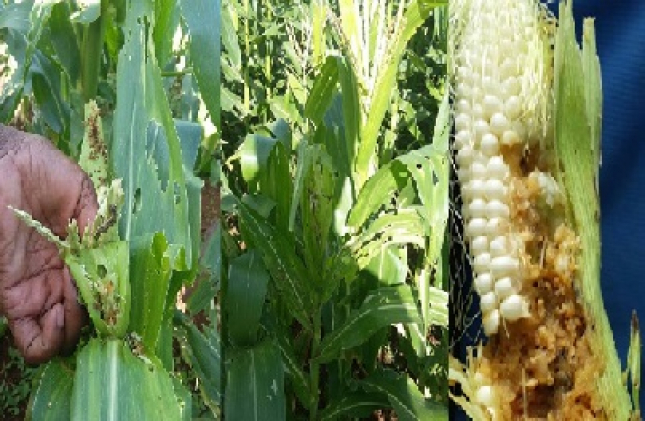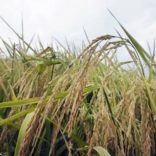Mozambican government encourages Turkish businessmen to invest in agriculture and natural gas ...
USAID and FAO support pest control in Mozambique

The United States Agency for International Development (USAID) and the government of Mozambique on Thursday signed a memorandum of understanding under which 5.6 million US dollars will be disbursed to support measures to tackle the threat to the agricultural sector posed by pests and disease.
The agreement was signed by Agriculture Minister Higino Marrule and USAID’s Sheryl Strumbras, and witnessed by Olman Serrano, the United Nations Food and Agriculture Organization (FAO) representative in Mozambique.
Under the agreement, the funds will focus on tackling new pests and diseases which are reducing productivity in small-scale farming.
Speaking after signing the accord, Marrule explained that the emphasis will be on technical assistance including joint agrarian research. The Minister stressed the government will continue to intervene in the control of plant diseases as the resulting crop losses lead to the need to import food. In particular, “we are aware exotic pests and diseases can considerably reduce harvests of maize and other crops in Mozambique and place at risk the food security and livelihood of families”.
Serrano explained, “the project, funded by USAID, will run for four years from 2018 to 2022. It will strengthen the capacity of the Ministry of Agriculture and other stakeholders to monitor and control animal pests and diseases as well as develop sustainable practices of integrated management for the control of trans-boundary pests and diseases, particularly the fall armyworm”.
Strumbras stated that USAID is confident that, “under the leadership of the Minister and in collaboration with the public and private sector, Mozambique will overcome this latest challenge to the agricultural sector”.
About half of the funds will be spent on the pest management plan created by the Ministry of Agriculture and the FAO. The rest will be used for research and vaccination programmes to tackle diseases in livestock (such as foot and mouth disease) and poultry carried out by the Mozambican Agricultural Research Institute (IIAM).
Some areas of Mozambique have been seriously affected by fall armyworm, with the worst-hit provinces being Niassa in the far north, Maputo in the south, and Zambezia in the central region. The fall armyworm is an invasive species native to the Americas. It has now spread to 44 African countries where it has caused damage estimated at over 13 billion US dollars.
The pest appeared for the first time in Mozambique last year and is difficult to bring under control due to its resistance to pesticides.
FAOR @olmanserranoj & Mr. Higino Marrule, Minister of Agriculture & Food Security of #Mozambique, signed the agreement• $331 million MZN to FAO/MASA to fund research and development of control methods for a variety of agriculture pests and diseases, including #FallArmyworm. pic.twitter.com/peypRh2thc
— FAO Mozambique (@FAOMozambique) August 10, 2018
Today, @FAO and the Ministry of #Agriculture and Food Security (MASA) officially launched the four-year project, “Mozambique Smallholder Farmer Production and Productivity (MSFPPA)” funded by @USAIDMozambique focusing on the fight against Fall Armyworm (#FAW). #ZeroHunger pic.twitter.com/ulyuXmCGaG
— FAO Mozambique (@FAOMozambique) August 9, 2018













Leave a Reply
Be the First to Comment!
You must be logged in to post a comment.
You must be logged in to post a comment.